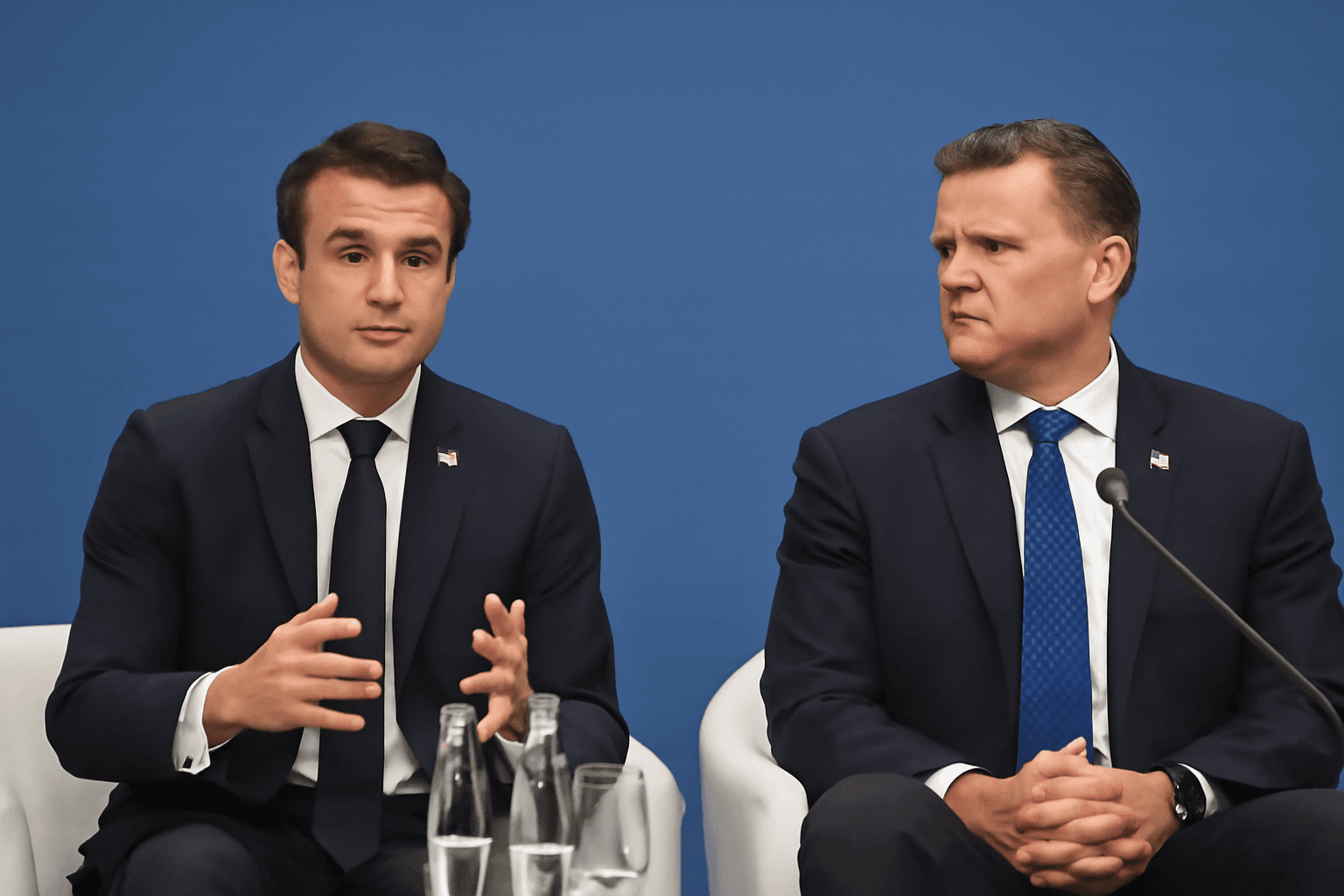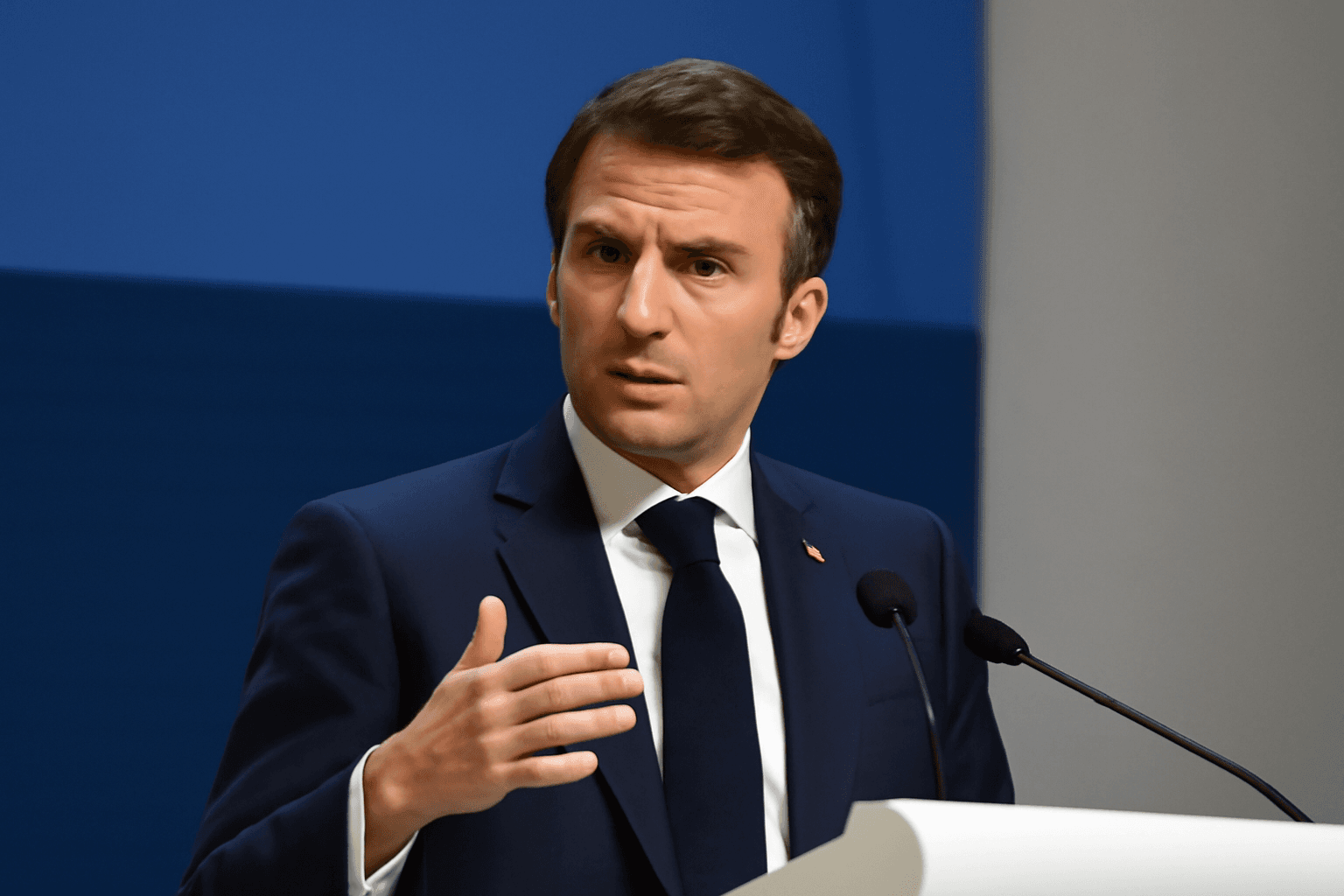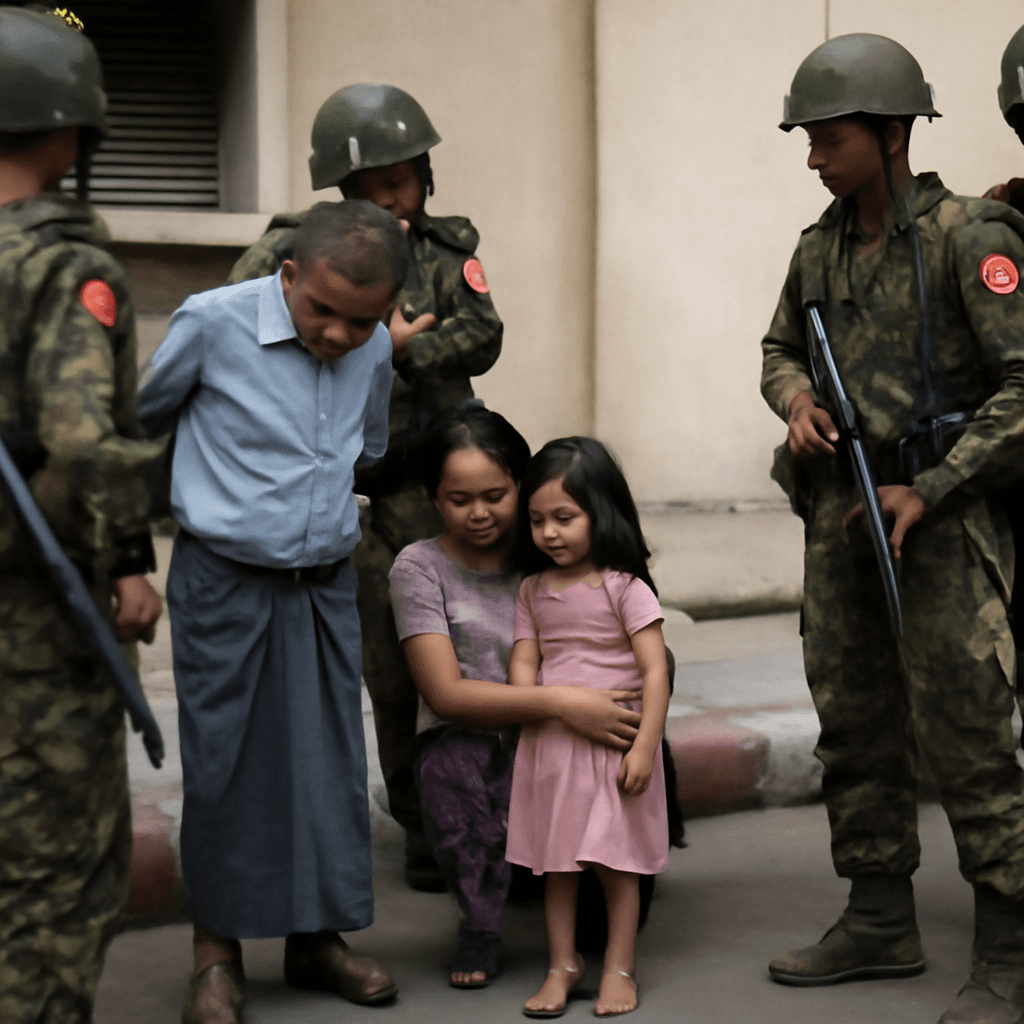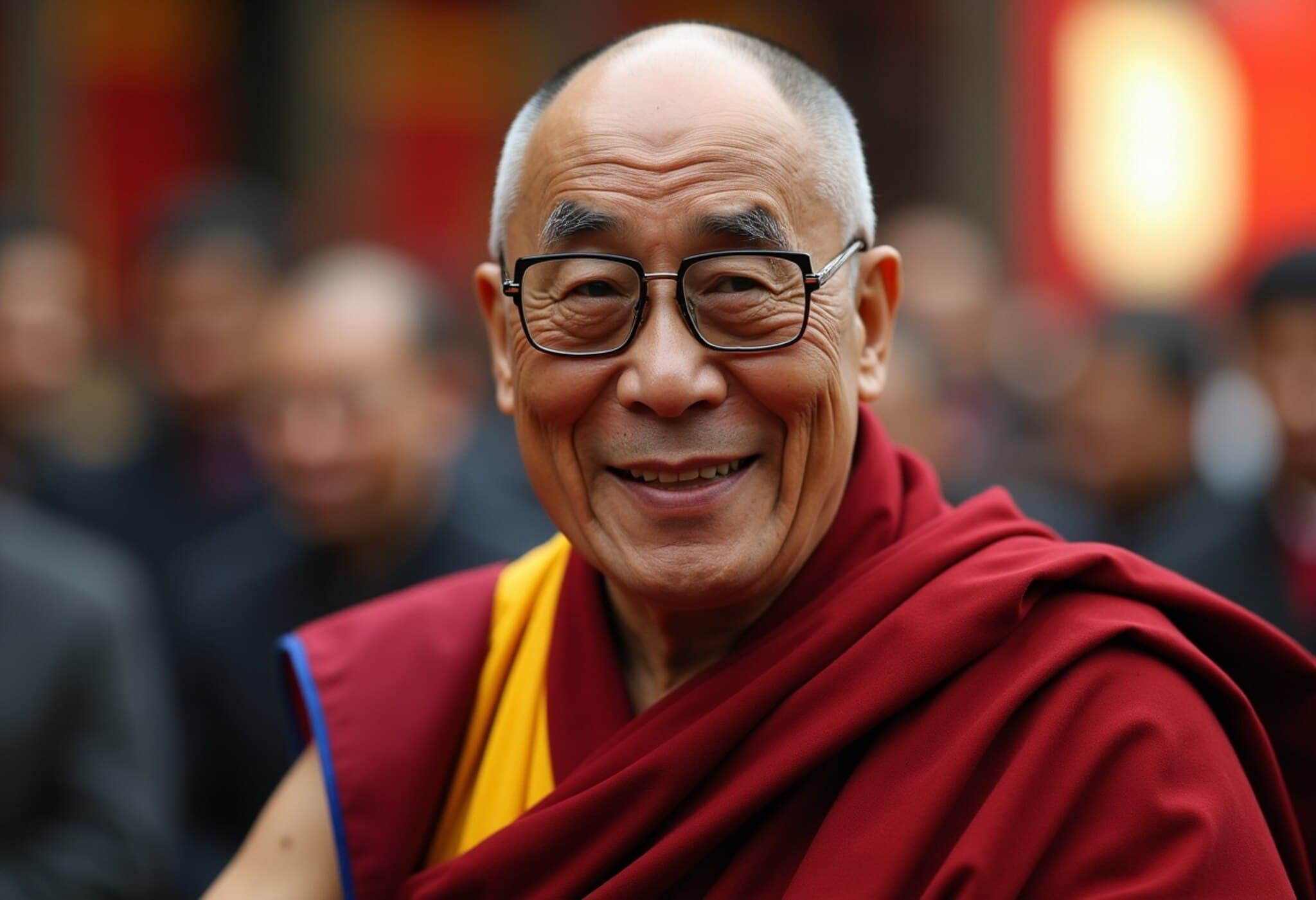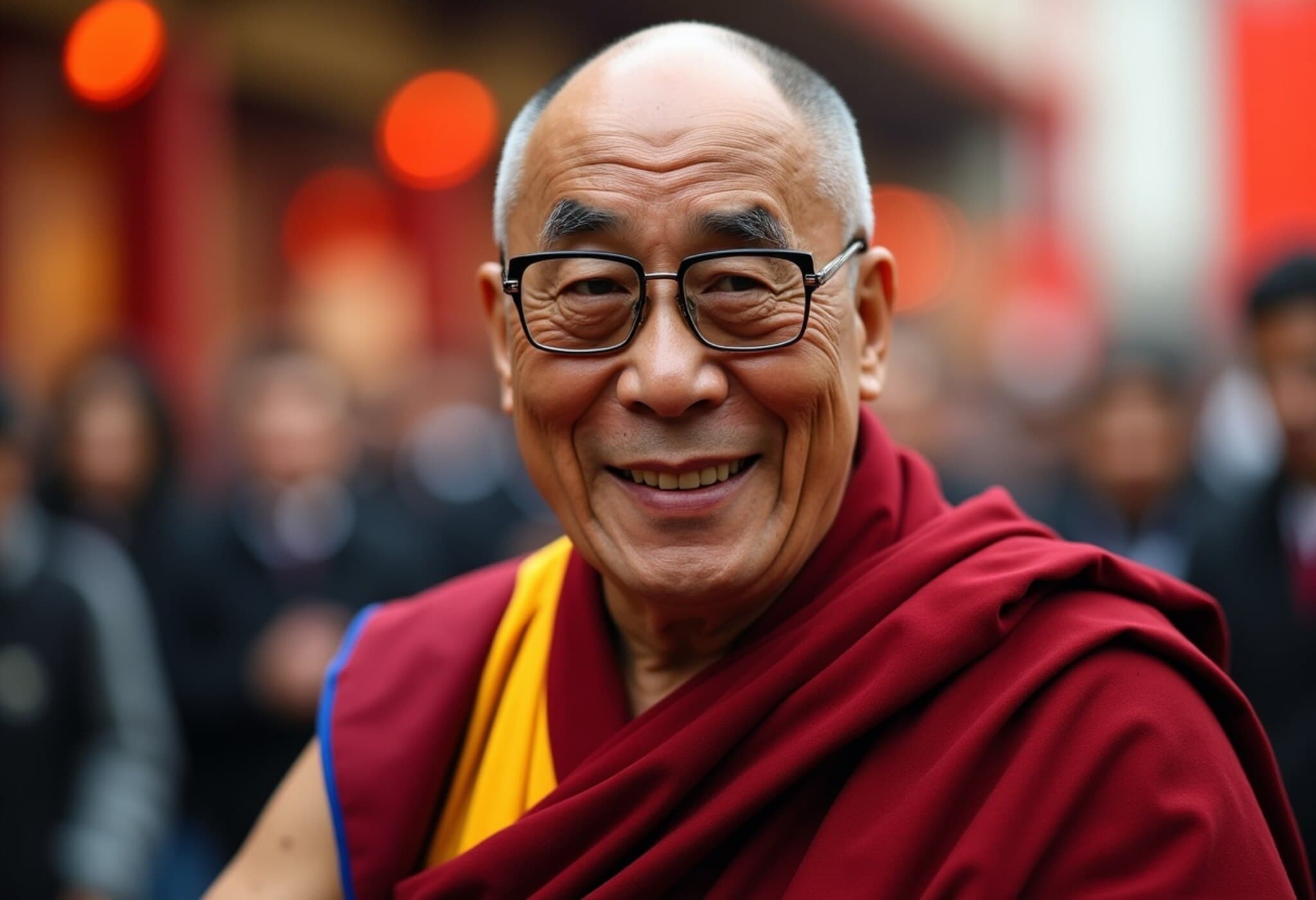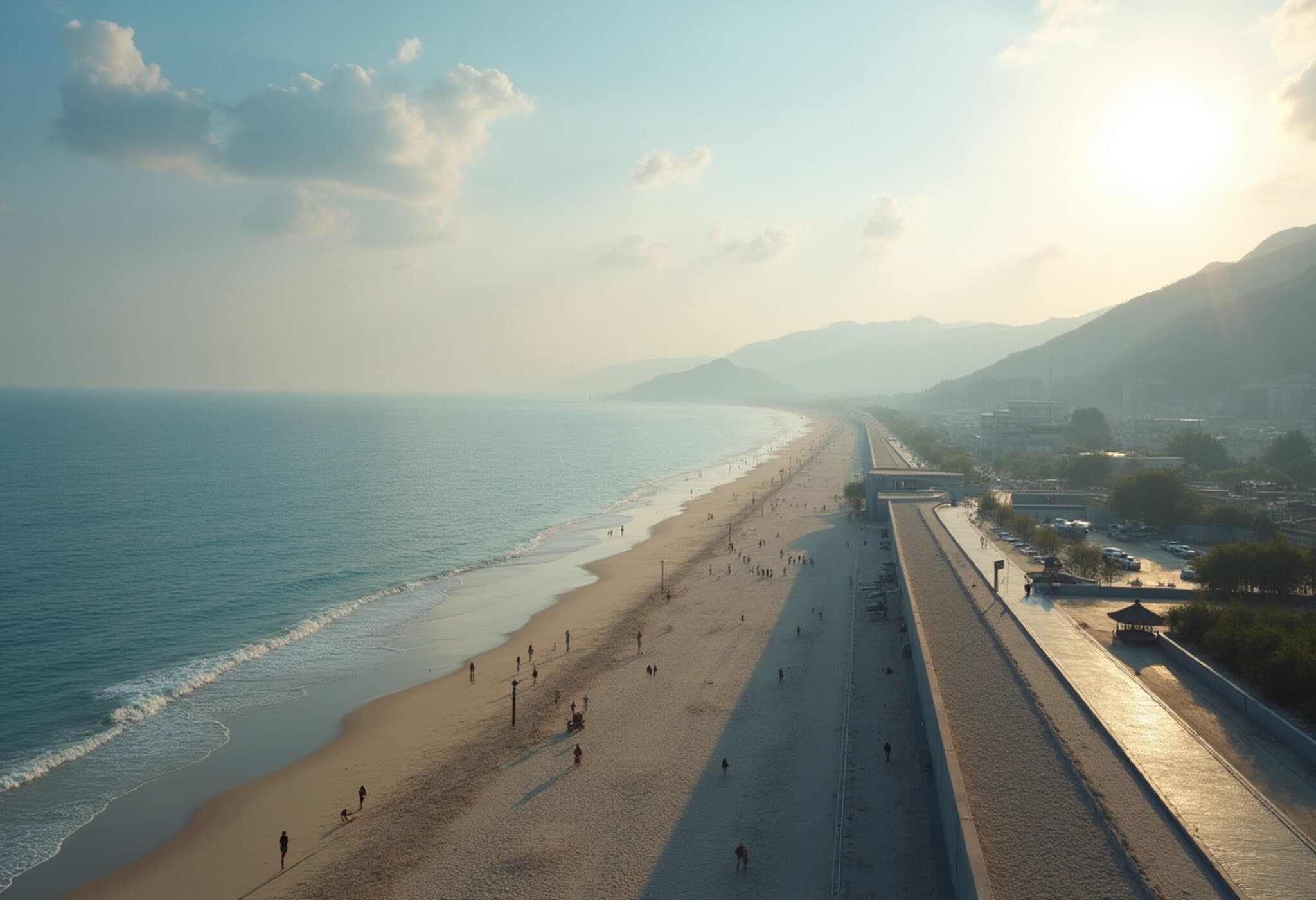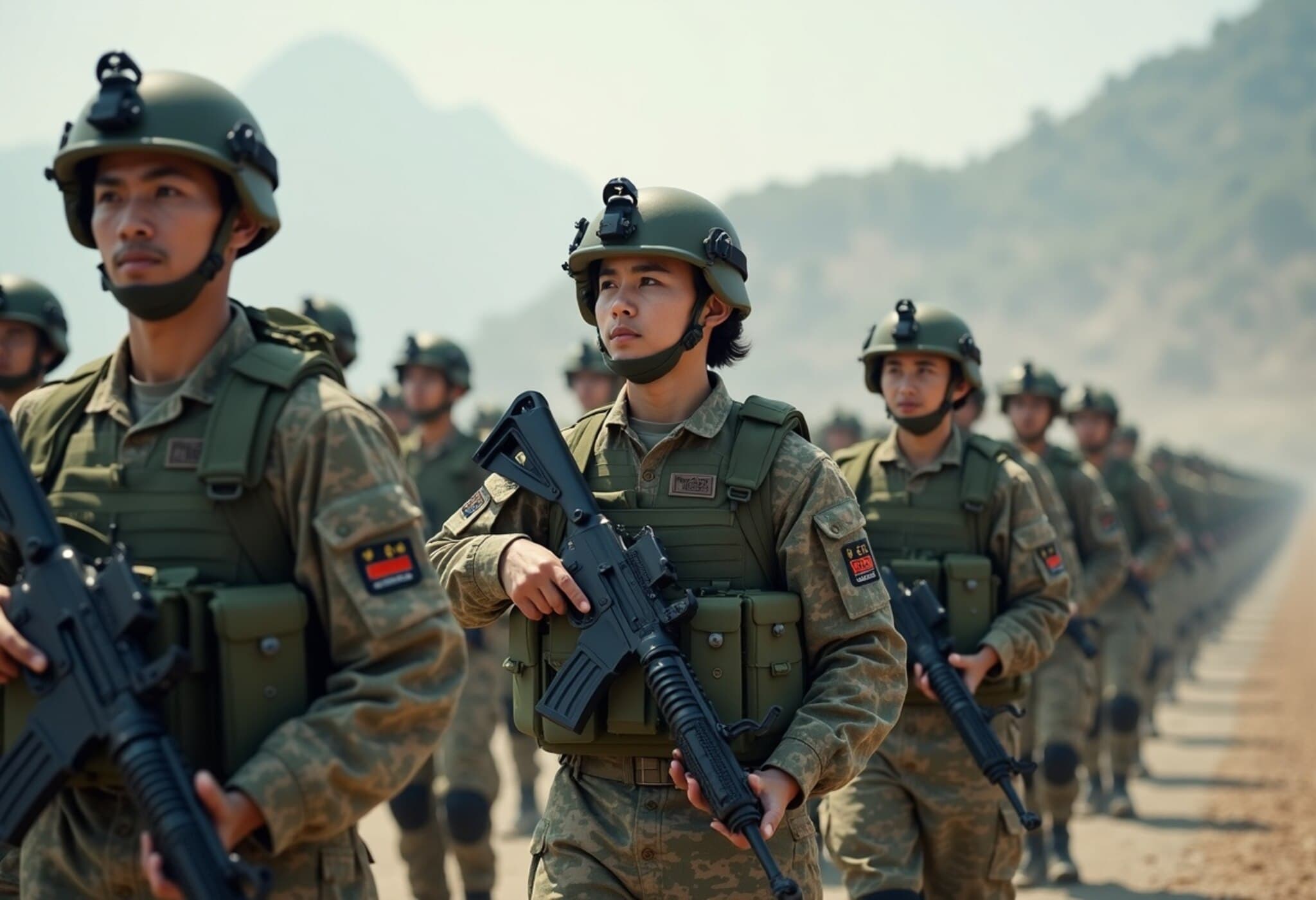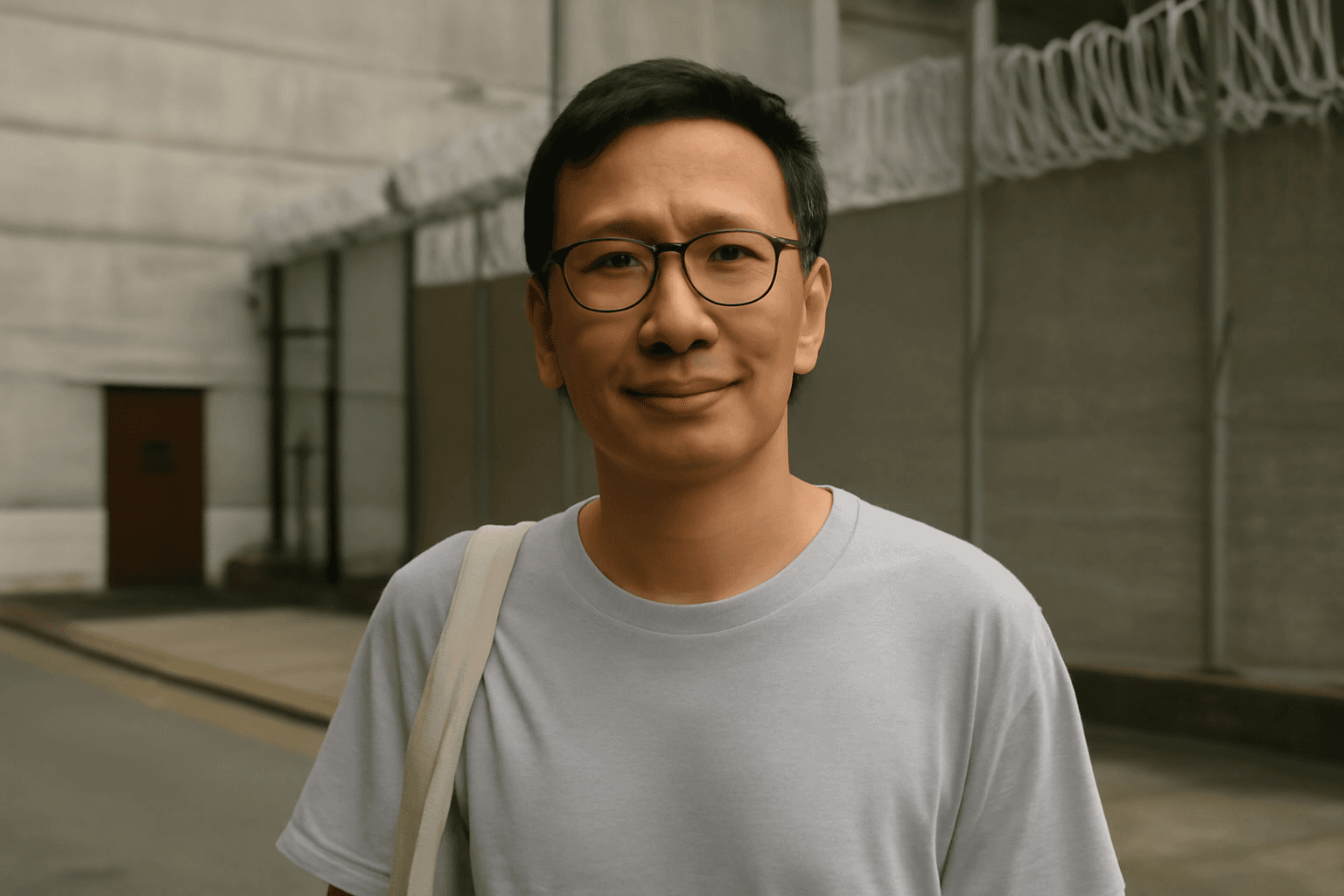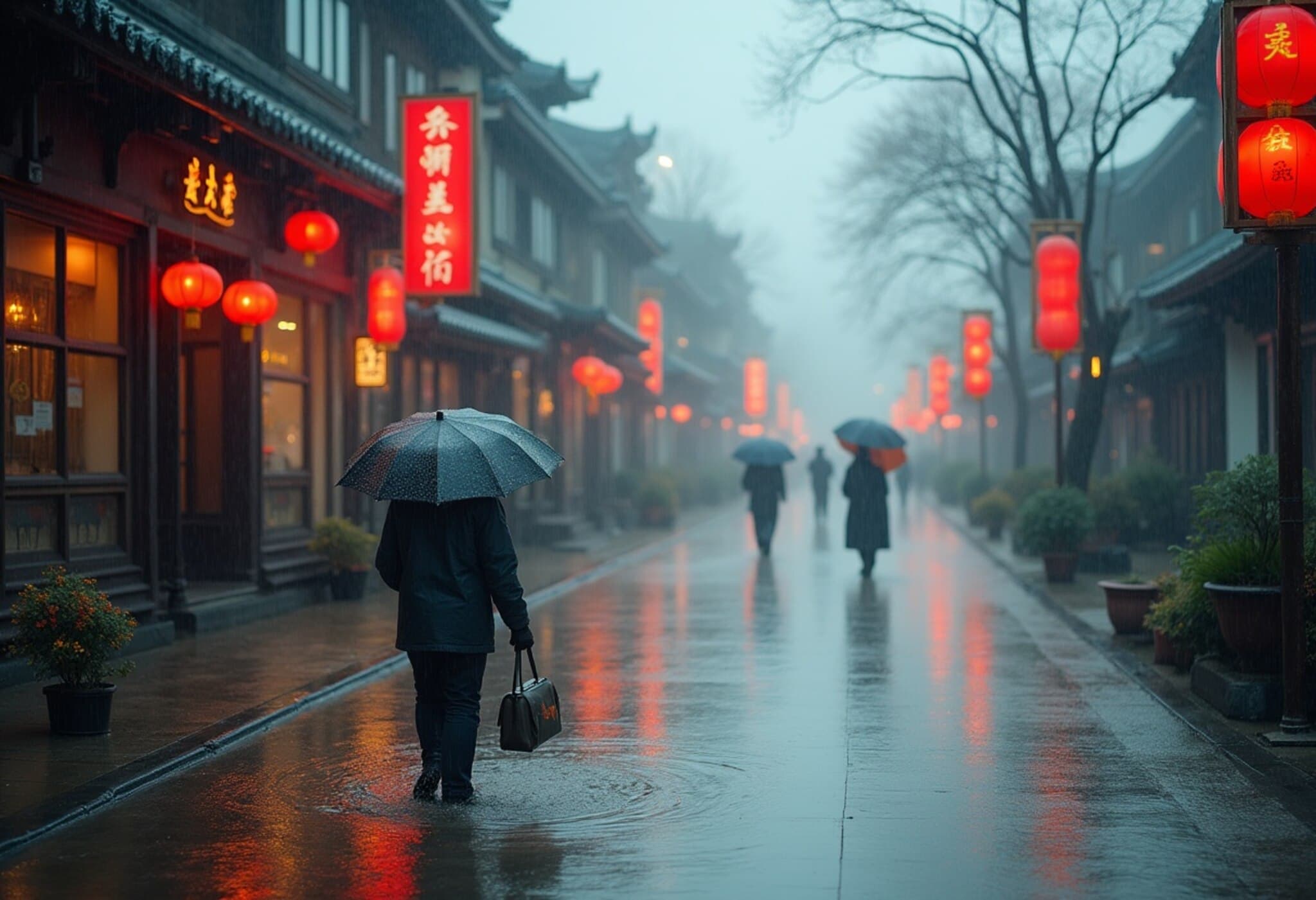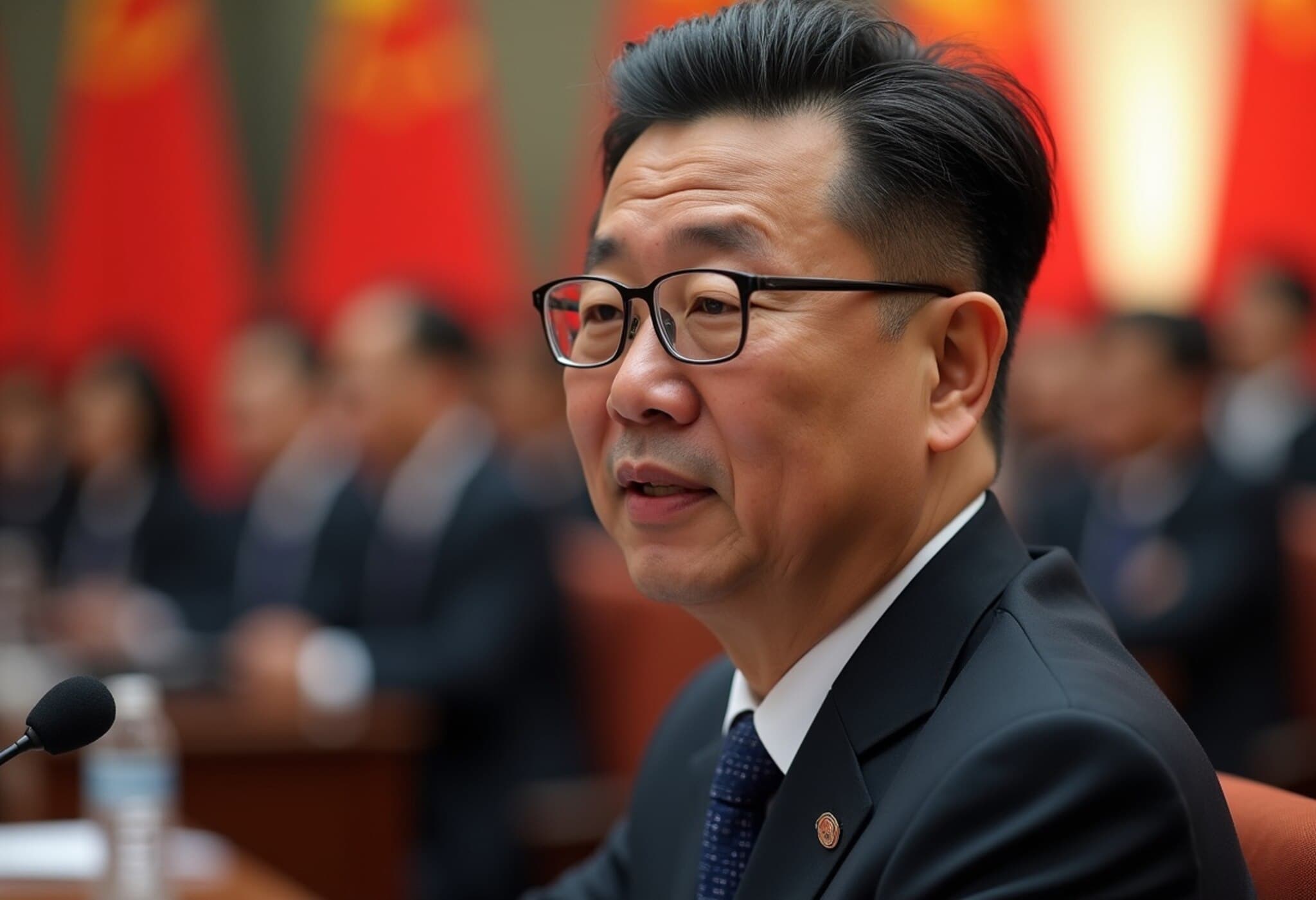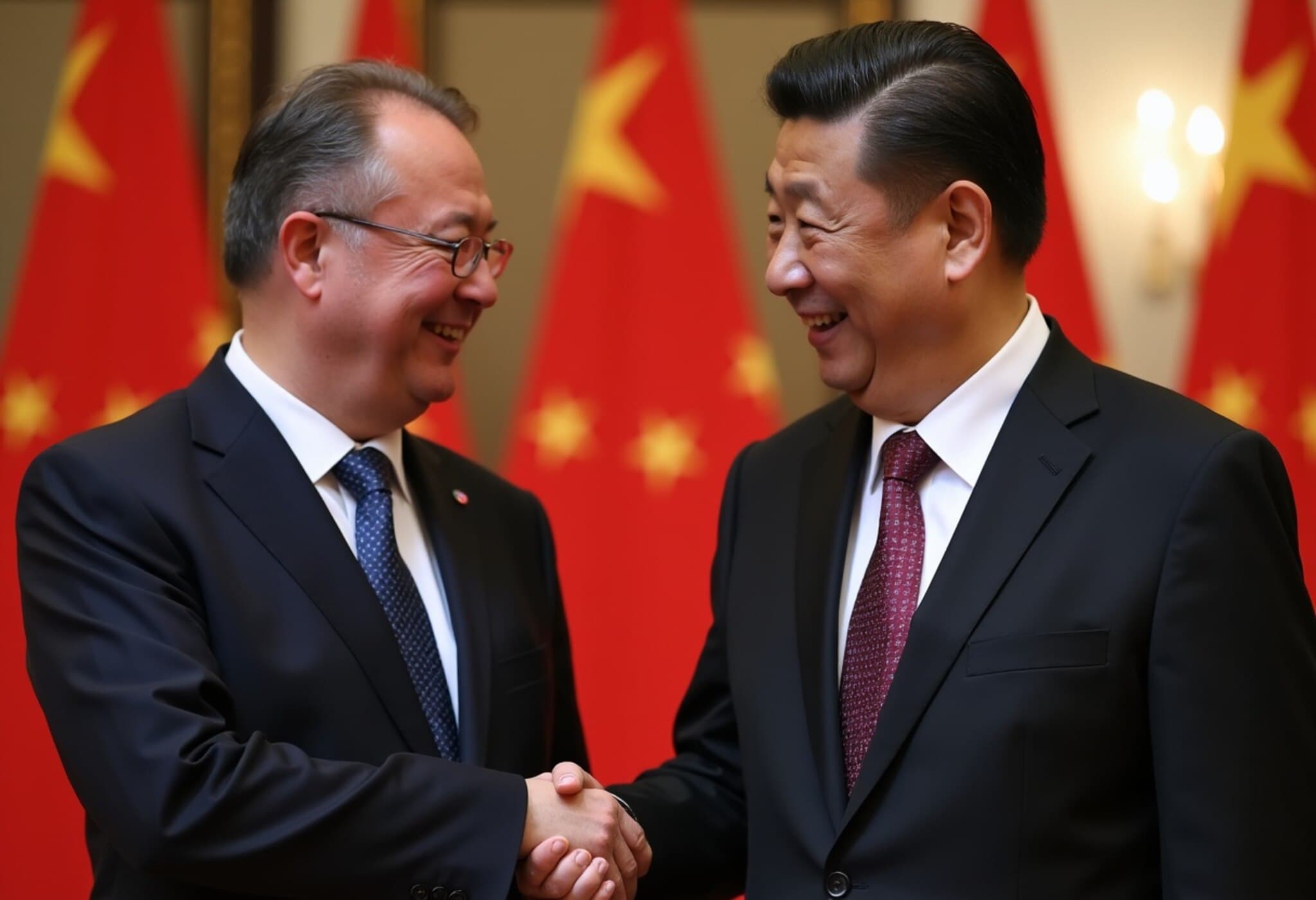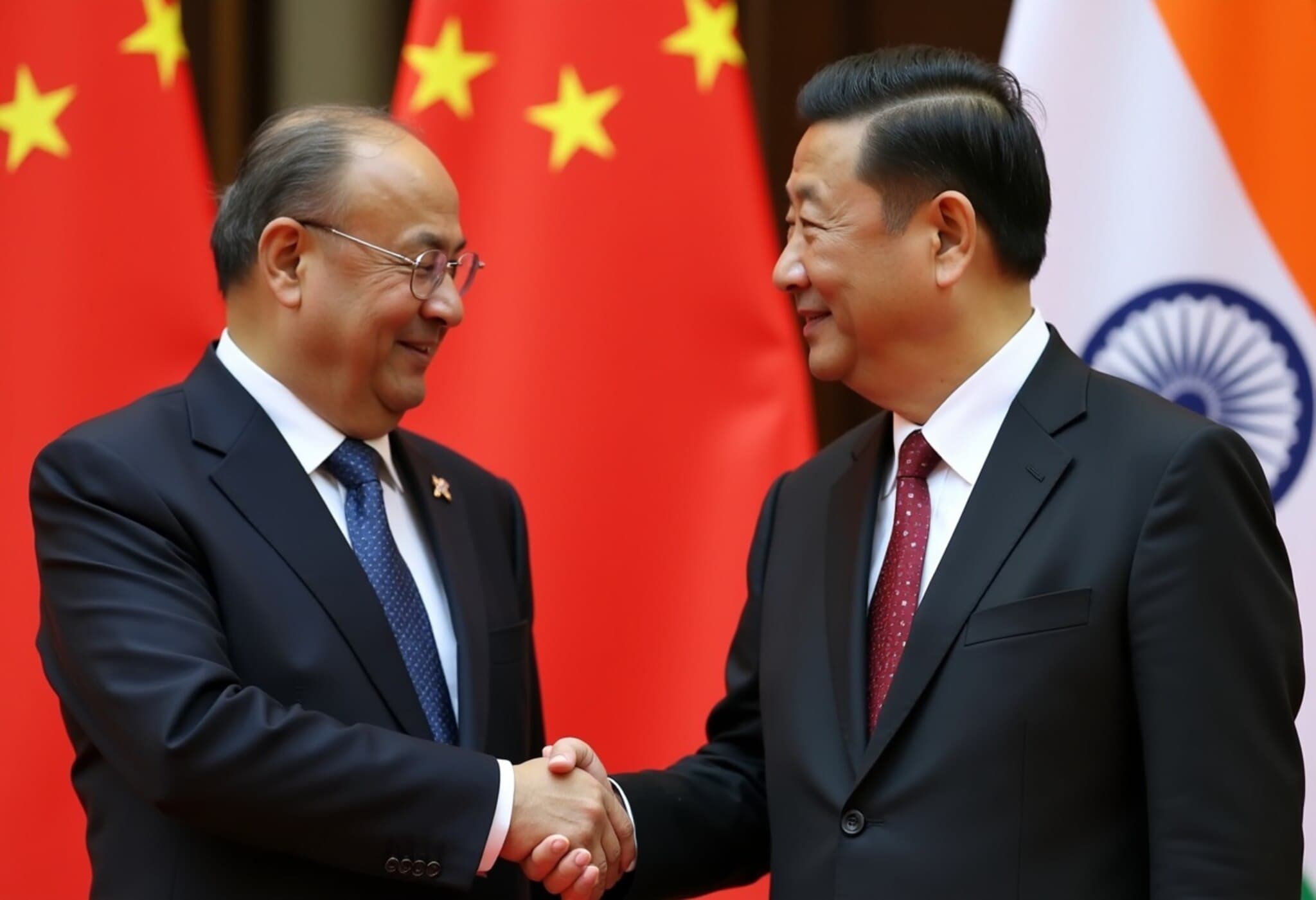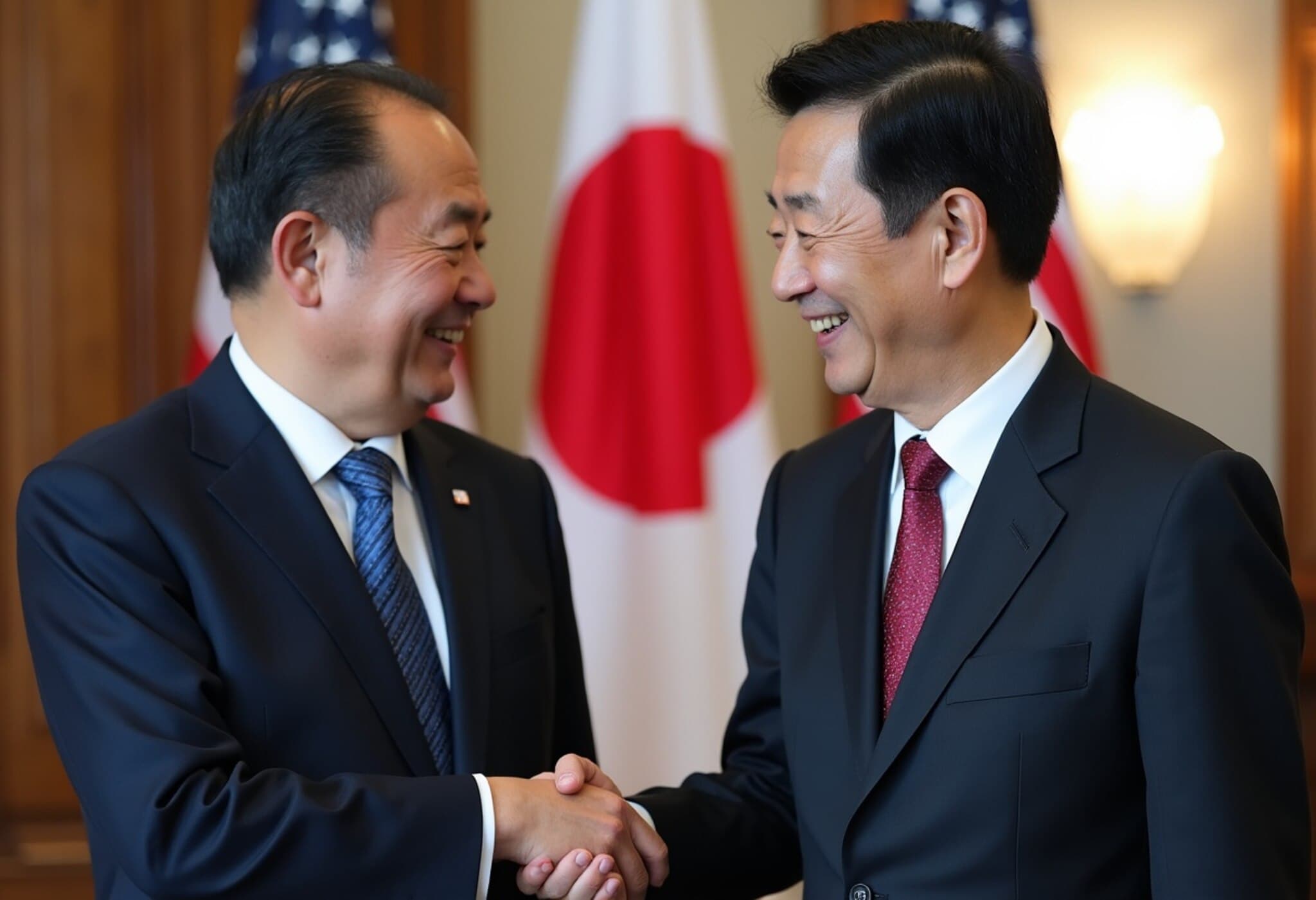World Leaders Gather for China’s Grand Military Parade at Tiananmen Square
In a striking display of geopolitical symbolism, Russian President Vladimir Putin and North Korean Supreme Leader Kim Jong Un will stand alongside Chinese President Xi Jinping during China’s colossal military parade at Beijing’s Tiananmen Square next week. Confirmed by China’s Foreign Ministry on August 28, 2025, this event commemorates the 80th anniversary of the end of World War II in Asia, marking Japan’s historic surrender.
A Historical Milestone Amid Contemporary Tensions
The parade, scheduled for September 3, promises a dramatic showcase of military might at a time when the Indo-Pacific region is rife with geopolitical uncertainty. For President Xi, the event underscores China’s growing assertiveness on the global stage—particularly concerning Taiwan and regional security dynamics. This gathering of autocratic leaders creates a highly charged tableau of modern international relations.
Notable Foreign Dignitaries and Their Regional Implications
Kim Jong Un’s participation is noteworthy, marking his first visit to China since 2019 and only his 11th foreign trip since taking power in 2011. North Korea’s state news agency KCNA has confirmed Kim’s attendance, highlighting the significance of this rare diplomatic engagement. The last time Kim stepped outside his borders was in 2023 for a summit with Putin in Russia’s Far East, emphasizing the enduring ties between Pyongyang and Moscow.
The presence of Vladimir Putin at the parade further signals the strengthening strategic partnership between Russia and China, especially amid Western sanctions and diplomatic isolation following Russia’s actions in Ukraine. This visual of the three leaders united at Tiananmen Square—the so-called Gate of Heavenly Peace—sends a potent message to the world about their shared visions.
Who Else Will Attend?
- More than 26 foreign heads of state and government are confirmed to attend, including Pakistan’s Prime Minister.
- Myanmar’s junta leader and acting president, currently contending with a brutal civil conflict following the 2021 military coup, will also be present, signaling China’s continued engagement with controversial regimes.
- Pro-Russian European figures such as Aleksandar Vučić of Serbia and Robert Fico of Slovakia will be among the international guests.
- Notably, many Western world leaders are absent, reflecting ongoing geopolitical rifts.
China’s Military Showcase: A Parade of Power
The event will last approximately 70 minutes, featuring over 10,000 troops, more than 100 aircraft, and hundreds of advanced ground vehicles and weapons. The spectacle is designed to emphasize the rapid modernization of the People’s Liberation Army (PLA), a flagship priority of Xi Jinping’s administration as China seeks to assert itself as a dominant military power in the 21st century.
Assistant Foreign Minister Hong Lei stated that the parade is not only a remembrance of past victories but a hint at China’s ambitions amid evolving global rivalries, particularly as U.S. alliances appear in flux under recent political changes.
Contextualizing the Event: Historical and Contemporary Perspectives
China’s commemoration of the end of World War II carries a layered significance. While China was a key member of the Allied Powers in the Pacific Theater, many Western leaders have opted not to attend the event, underscoring lingering diplomatic divides. The commemoration also reflects China’s narrative of national unity established after the brutal civil war concluded in 1949, leading to the People’s Republic of China’s founding.
This confluence of history and contemporary geopolitics highlights the event not just as a military parade but as a powerful statement of China’s evolving role and the complex interplay of international power dynamics.
Expert Insight: What Does This Mean for Global Politics?
From an American policy perspective, the parade exemplifies shifting global alignments. The joint presence of Putin and Kim alongside Xi signals a consolidation of leaders often at odds with U.S. interests, challenging Western-led international order frameworks. Moreover, invitations extended to leaders like Myanmar’s junta chief reveal China’s willingness to engage with controversial regimes, complicating diplomatic narratives around democracy and human rights.
Strategically, the display is a timely reminder of China’s military ambitions and the potential recalibration of power dynamics in Asia. Observers need to consider not only the symbolic aspects but also how such events affect ongoing regional security dialogues and the future of U.S. alliances in the Indo-Pacific.
Editor’s Note
China’s upcoming military parade serves as a vivid intersection of history, diplomacy, and military spectacle. The rare convergence of authoritarian leaders paints a complex picture of today’s geopolitical landscape, inviting critical questions about the future of global governance and alliances. As China flexes its growing military muscle under Xi’s leadership, how will the United States and its partners respond to this recalibrated stage? And what does this mean for regional stability, especially regarding Taiwan and the broader Indo-Pacific?
Readers are encouraged to watch this space as the parade unfolds and to consider not only the symbolism on display but also the deeper undercurrents shaping global relations in 2025 and beyond.


